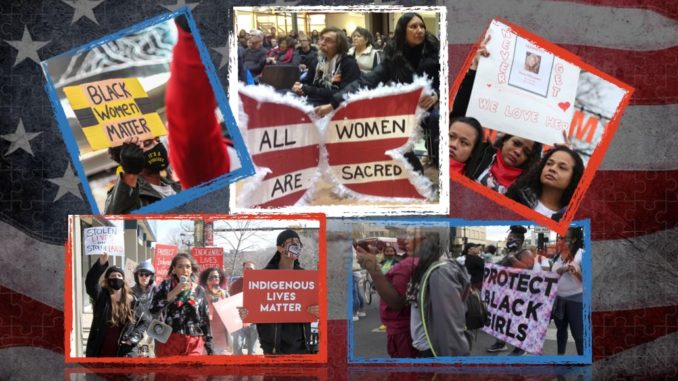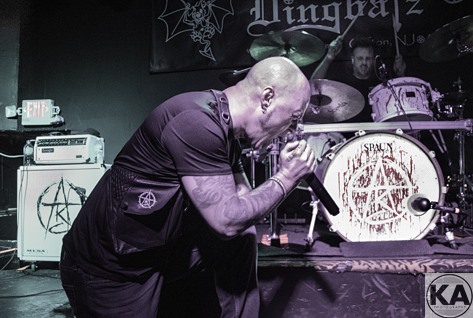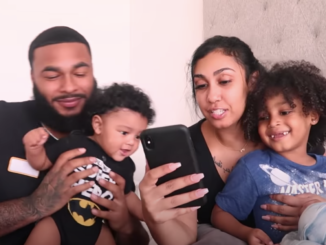
It’s commonplace for news headlines in the U.S. to cover the ongoing racial divide between Black and White citizens. Oftentimes, other segments of the nation’s population are disregarded in the midst of that rhetoric. It was only until the pandemic drew extra attention towards Asian Americans that the demographic was acknowledged on a mainstream scale, and even then, the coverage primarily focused on contriving a narrative of contention rising between Asian and Black communities.
Some groups, such as the Latino and Hispanic populations, have been marginalized altogether, forcing their communities to establish their own structured systems of employment, housing, education, and entertainment. At the very least, these demographics receive some kind of acknowledgement nationally, but hardly anyone ever mentions Native Americans.
There’s a major crisis going on and it involves Native American women suddenly going missing without proper investigation or resolve. A Native American woman goes missing every three months in California, a state that has the highest Native population in the U.S. at 757,628, according to World Population Review. In Wyoming alone, 700 Indigenous people were reported missing within a 10-year timeframe, and only 20% of them received any coverage.
There’s other issues, too. A fourth of the national Native American population lives below the poverty line, despite Native Americans only making up 2% of the U.S. population. A report from the Associated Press reveals that tribal communities are “disproportionately plagued” with the ramifications of colonization.
“The true number of missing and murdered Indigenous women is unknown due to reporting problems, distrust of law enforcement and jurisdictional conflicts. But Native women face murder rates almost three times those of white women overall — and up to 10 times the national average in certain locations, according to the National Congress of American Indians,” the article states.
The description is eerily similar to the narrative surrounding women in the Black community. There’s a commonality that exists, from a distrust in the law to cases going cold due to the devaluing of women of color.
An average of 540,000 people go missing per year. While most of these cases are solved due to ever-evolving technology, more than “17,000 missing person cases and 13,000 unidentified body cases” go cold in the United States.” California has the largest number of missing persons at 2,133.
About 40% of missing persons are people of color with Black Americans making up at least 36% of this 2020 statistic. This is despite Black Americans being only 13% of the U.S. population.
Similar to Native Americans, Black Americans are normally underrepresented or completely ignored in media coverage. Grassroot efforts and social media have played essential parts in raising awareness of this disparity.
As a result, some states are allocating funding to the study and investigation of missing person cases affecting BIPOC communities. A Washington State legislator proposed House Bill 1725, a bill that would implement an early missing person alert that would extend into tribal communities.
In February 2022, New Mexico Gov. Michelle Lujan Grisham signed legislation that would place measures for data collection, grant funding, and alignment of law enforcement in cases involving Native American and Indigenous women. The Missing Persons and Unidentified Remains Act of 2020 employs more resources in the investigation and forensics process of missing persons, highlighting migrants along the Mexico border.
Although a congressional hearing recently took place targeting the disparity of attention on BIPOC cases and the Protect Black Women and Girls Act of 2021 was introduced to the House, there has yet to be a bill passed that directly addresses the issue within the Black community.
Among the many things that can be instated to remedy the disproportionate attention to BIPOC missing persons, the first is to acknowledge that there is a problem and it stems from the deep-rooted, structural racism that implicitly affects these communities.
Watch the House Hearing On Missing Women and Girls:



